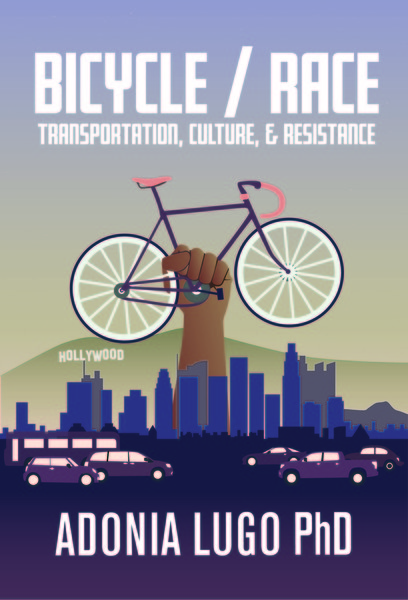A composition in music puts in mind two important lines: the thread of melody, and the spaces in between. The rests as much as the proper notes define to our ears the familiar. I studied the violin as a child, grappling like so many other eight year olds with a beautiful instrument I could not master. But even I knew about those spaces in between, and how long they could be. One second stretches itself to a roomy length when you know exactly where you've been and where you're going. You start to be able to toy with where you'll end the bow's upward or downward push and move the music forward. I remembered this when I tried again in college to find myself in fiddle music, that the spaces in between leave more room for interpretation than you might think. Then, even later, in another attempt to put into my hands the power to create music, I took guitar lessons with a blue eyed, white haired man who patiently dealt with my lack of practice and rewarded me by saying that I knew more about those fluid spaces in between than other students. It's the thing missing from some digital music based around a perfect repetition: swing, a groove, soul.
A place puts in mind two important lines: the physical objects of a built environment and the way people treat each other there. They are both historical, in a way, because the first shows changing styles in façades and uses and the second shows changing norms in communication. On the same street, people enact different ideas of what makes home. To one, it is walking to the bus stop undisturbed; to another, it is a mumbled greeting whose presence matters less than its absence. They read in each other a welcome or a dismissal, and do not signal the same. We often strive for ideal places that foster ideal communication, where no gesture can render the built environment unfamiliar. But in places all the living happens, and living means stretching into those pauses between the recognizable markers of time and change. Humans have the ability to make the sometimes awful music laid out by the buildings and highways soaring overhead into something swinging and alive. Places are not just buildings and street, they're people gesturing and spitting and even littering and most often helping. They are not abstract zones of growth and development; they are durable creations that show our amazing ability to adapt.
A bicycle puts in mind two important lines: the flow of traffic and your body-machine's trajectory within it. As much as I follow the advice of the infrastructure I ride through, I also find myself responding to the pulsing of other vehicles, which in some places do stay where the street lines and signs tell them they belong. We can see it when we ride together, that each of us approaches the intersection slightly differently. To one, there is plenty of time to cross before the light changes. To another, it's best to cross as a pedestrian using ADA curb cuts. To a third, it's best to follow what one of the others has started to do. I rode through Washington, D.C. yesterday with two friends, both experienced cyclists, and observed how we combined our different minds. It was hard to decide how we fit into the flow of traffic as a group, how our trajectory would intersect with others, because we had different styles of moving forward. There is a city symphony the bicycle allows us to join, even those of us without the stamina to master more conventional noisemaking devices. We know how many of those in between spaces we can occupy, swinging up onto sidewalks and down alleyways. Some of us choose to exercise this flexibility to a greater extent than others, but it's hard for me to think bicycle without thinking about the way it encourages me to adapt my movements in response to those around me. Is this flexibility something we want to extend to new bicycle users, or is it something we think must be designed out of our streets before people will use them properly?

